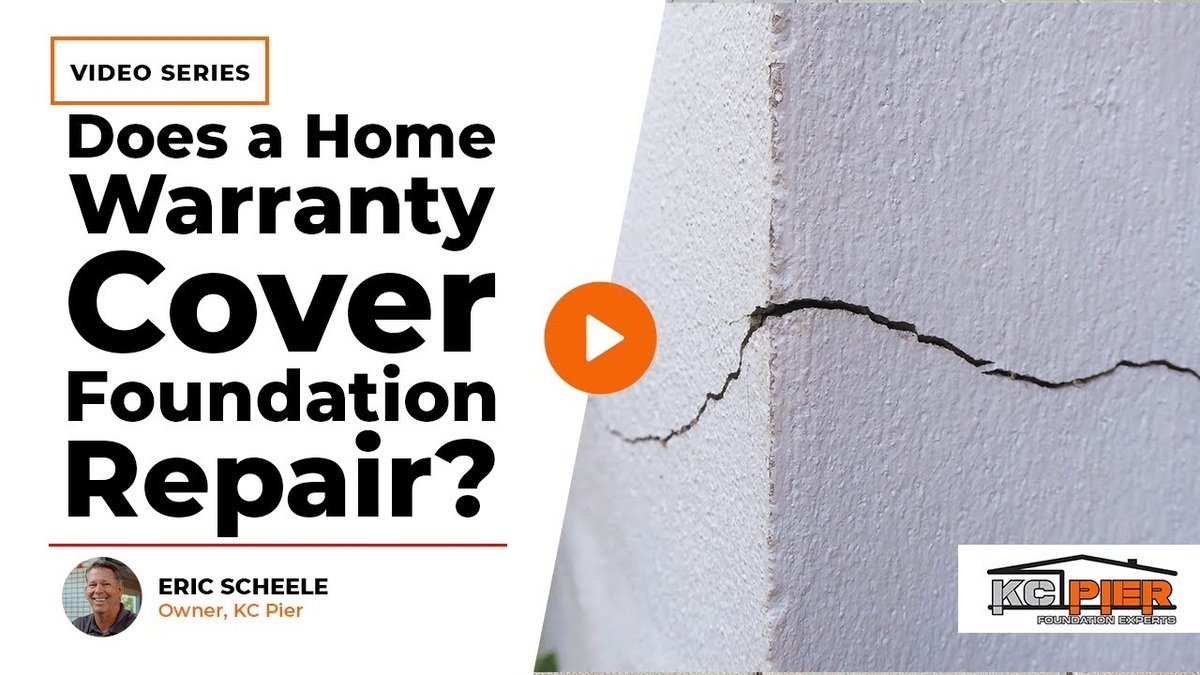Have you ever noticed a musty smell wafting through your home or an unexpected spike in your energy bills? The culprit might be lurking beneath your feet—in the crawl space. Damaged ductwork in crawl spaces is a common issue that can lead to inefficient heating and cooling, higher energy costs, and poor indoor air quality. In this blog, we will guide you step-by-step on how to repair ductwork in a crawl space, tackling common problems and offering effective solutions to ensure your home’s HVAC system runs smoothly and efficiently.
Understanding the Problem: Why Ductwork in Crawl Spaces Fails
Crawl spaces are notorious for their damp environments, which can cause ductwork to rust and deteriorate over time. The high moisture content in these spaces leads to rust, creating pinholes and larger gaps in the ducts. This not only compromises the efficiency of your HVAC system but also allows unpleasant odors and potential mold spores to infiltrate your home. Additionally, because crawl spaces are often out of sight, the ductwork is not always installed with the same care as in more visible areas. This can lead to poorly supported ducts that are prone to damage.
Step-by-Step Guide to Repair Ductwork in Crawl Space
1. Inspect the Crawl Space
Before starting any repairs, it’s essential to thoroughly inspect the crawl space. Look for signs of moisture, rust, and physical damage to the ductwork. Pay close attention to areas where ducts are lying directly on the ground or not properly supported, as these are more prone to damage. You’ll often find that the ductwork looks hastily assembled, as if it was put together by a child, with little regard for appearance since it’s out of sight.
2. Address Moisture Issues
The first step in repairing ductwork is to address the underlying moisture problem. This may involve:
- Installing a Vapor Barrier: A vapor barrier can help to reduce moisture levels in the crawl space, preventing future rust and damage.
- Improving Ventilation: Ensure that the crawl space is adequately ventilated to allow moisture to escape.
- Fixing Drainage Problems: If water is pooling in the crawl space, you may need to improve the drainage around your home.
Addressing these moisture issues is crucial because once the water problems are resolved, the chances of future ductwork issues are significantly reduced.
3. Remove Damaged Ductwork
Once the moisture issues are under control, you can begin removing the damaged sections of ductwork. Use a saw or shears to cut away the rusted and deteriorated parts. Be careful not to damage any surrounding structures or remaining ductwork.
4. Install New Ductwork
After removing the damaged sections, install new ductwork. Make sure to:
- Use Proper Supports: Secure the ducts with joist hangers or other supports to keep them off the ground and prevent future damage. Often, in crawl spaces, ductwork is found lying on the ground due to the lack of proper supports.
- Seal the Joints: Use duct sealant or metal tape to seal all the joints and connections, ensuring there are no leaks.
5. Test the System
Once the new ductwork is installed, it’s crucial to test the system. Turn on your HVAC system and check for any leaks or unusual noises. Make sure that air is flowing efficiently through the new ducts and that there are no signs of moisture or rust.
Maintaining Your Ductwork
To prevent future issues with your ductwork, regular maintenance is key. Here are some tips:
- Regular Inspections: Periodically inspect your crawl space and ductwork for signs of moisture and damage.
- Maintain Proper Ventilation: Keep your crawl space well-ventilated to reduce moisture buildup.
- Keep It Dry: Ensure that your crawl space remains dry by addressing any water leaks or drainage problems promptly.
Common Symptoms of Damaged Ductwork
When you have damaged ductwork in your crawl space, you’ll notice the effects throughout your home. Some common symptoms include:
- Unpleasant Odors: Earthy, moldy smells coming through the vents.
- Inefficient Heating and Cooling: Rooms not reaching the desired temperature due to air leaks.
- Increased Energy Bills: Higher energy costs as your HVAC system works harder to compensate for the lost air.
In Summary
Repairing ductwork in a crawl space is a task that requires attention to detail and a commitment to addressing the underlying moisture issues. By following the steps outlined above, you can ensure that your ductwork is in good condition, improving the efficiency of your HVAC system and the air quality in your home.
If you’re unsure about any part of the process or need professional assistance, don’t hesitate to contact us.






